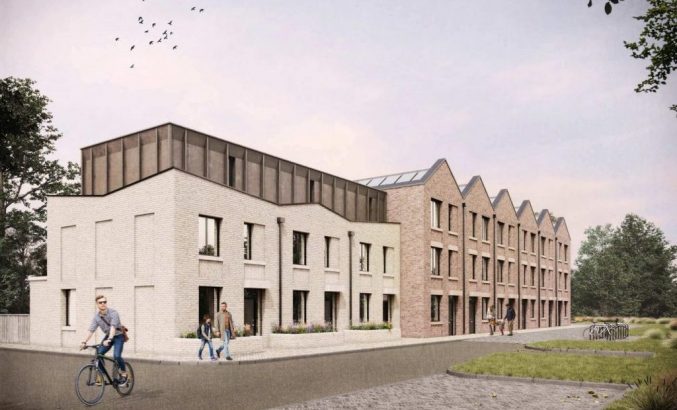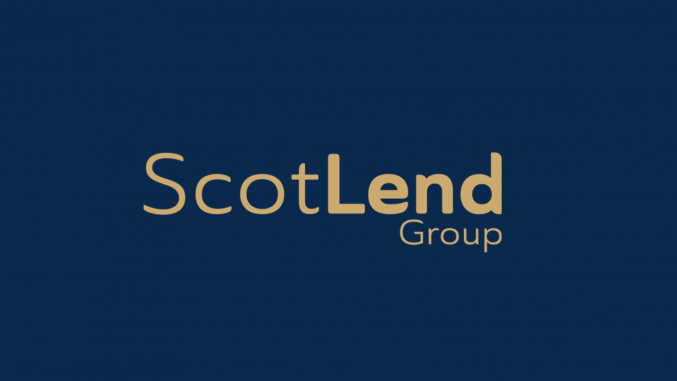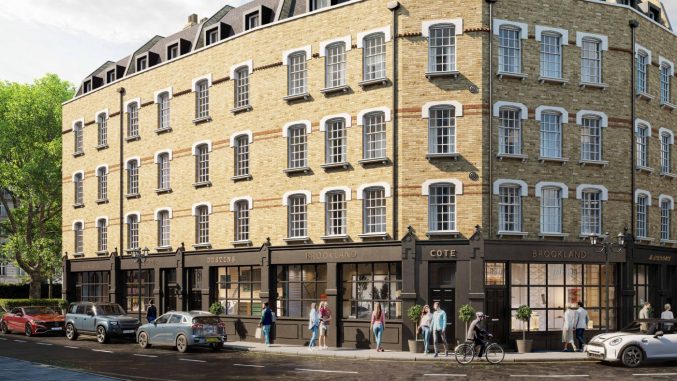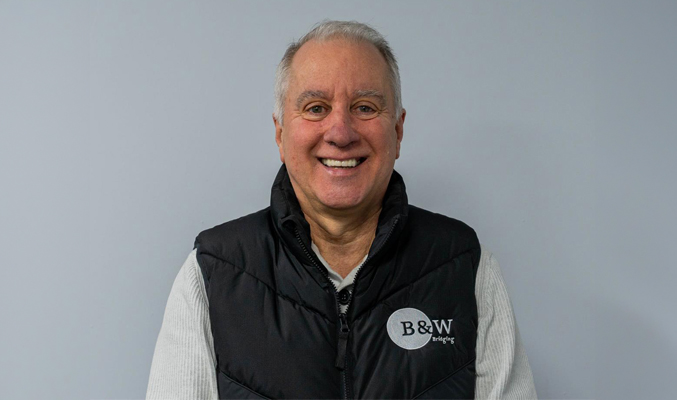Five hungry markets in bridging finance
By Hannah Duncan

While bridging lenders search in the same watering holes for new business, there are at least five untapped markets which have yet to be served.
All reaching out for lenders and hungry for service… which markets have lenders been missing? And what could they be worth?
We look at the five hungriest markets in bridging today:
1. Bridging solutions for Muslims
One of the most compelling groups is the 2.8 million-strong Islamic community. In the UK,“Muslims make up around 5% of the population”, explains Sagheer Malik, CCO at OFFA. But the proportion of Islamic property investors is far greater! “The estimated size of the annual addressable Muslim bridge finance market is disproportionately higher”, Malik continues. This is great for bridging lenders on the prowl for hungry new clients.
The good news doesn’t end there. Nearly half of today’s Muslim population are under the age of 24. So, they’ll probably be looking to buy a home over the next decade. The market is about to rocket.
You’d think lenders would be falling over themselves to offer products. Yet bizarrely, just one serves this promising demographic, with tailor-made Islamic offerings. Bridging lender OFFA has honed-in on this niche, but there’s still plenty of room for more services.
“Islamic Bridging is […] a hugely underserved market”, Malik empathizes. “Evidently, there are many investors in the UK market who would relish the chance to take out short-term finance that is consistent with Islamic principles”.
2. Loans for first-time buyers
Buying your first property should be a rite of passage. But for today’s generation of hopeful homeowners, it’s not easy. Stagnating wages, cost of living crisis and extortionate prices have badly hurt would-be owners. “The average age when buying your first property is now 34, up from an average age of 26 in 1997”, explains Cameron Orcutt, co-founder of OnLadder, a lendtech designed to help first-time buyers.
However, despite difficulties, first-time buyers are more determined than ever. 2021 saw the highest surge of people buying first homes in 19 years (perhaps spurred by the stamp duty cuts). But more support is needed.
“They are looking for fair and flexible financing to help them accomplish their goal of having their own place they call home”, he continues. “Are first-time buyers an underserved market?… The answer is 1000% yes”.
As an added bonus, helping people break out from the vicious no-savings-because-of-high-rent cycle, could boost bridging lenders’ social impact too.
3. Bridging loans for immigrants
There’s not a lot of information about UK immigrants and their journey to home ownership. In itself, this shows how underserved the market is. However, the challenges and obstacles immigrants face are plentiful.
Take my partner. Things which were standard for me, were not for him. Our solicitors’ office routinely cut him from emails, ignored requests or replied only to me. No amount of calls or complaints seemed to change this. Burdensome rules applied to him that didn’t apply for me. Stressful paperwork that (only after I challenged it with my name and accent) turned out to be unnecessary. Our friends faced the same issues. The British couples had a much easier time than the immigrants.
The problem is deep-rooted. In 2021, studies found the algorithm behind many US mortgage applications to be systemically racist. While White Americans were accepted, Americans of colour with identical profiles were rejected.
The issue of ordinary immigrants struggling to access finance is longstanding. But, for opportunistic lenders, within this world is huge business potential.
For example, Estonia-born Norris Koppel found he was unable to open a bank account when he moved to London. To be accepted, he needed to already be living in the UK with three months of bills to hand and a job. But of course, without a bank account, he had no way of receiving his salary, renting a place or paying bills. Frustrated, he decided to break the toxic cycle. He set up an online bank for immigrants, Monese. Seven years later, and this award-winning bank has millions of customers. What’s more, the customers stay loyal. 70% deposit their salaries into the account, meaning Monese rakes in some serious cash.
There is a crying, screaming gap in the market for immigrants who want to go further and purchase property. The lender who can make this happen may just be the new Monese.
4. Property finance for freelancers
Freelancers, contractors, gig workers and micro-businesses are increasing. In the UK alone, there are already 2 million. And for 85%, it’s their full-time occupation.
For freelancers with less than three years behind them, buying a property is almost impossible. A few years ago, I was in that exact situation myself. A freelancer and an immigrant trying to buy a home together was no joke!
Speaking to others at the time was incredibly insightful. Some told me to take up a quick and easy role in my local pub or supermarket for the job stability. Others advised me to do some Companies’ House acrobats so that I wasn’t officially self-employed. There were many theories about how to get around the problem. But no services on the market to solve it. Getting finance is so notoriously difficult that one in five freelancers will abandon the process altogether!
Globally, the number of freelancers is expected over the next years, bringing in $9 billion by 2027. For property lenders who can make the road smoother, incredible opportunities await.
5. Bridging loans for sustainable investors
Another jaw-droppingly underserved group in the bridging market are sustainable investors. People who want to buy homes which meet their environmental values. And for the record, we’re not talking about energy ratings, which will soon be required by law anyway.
“The government has […] already made changes to EPC rating requirements within the rental sector of “C” or above by 2025, with further regulations and improvements yet to come”, explains Matthew Lawrence, Business Development Manager at Impact Lending. “You see a lot of lenders now offering the EPC connected “Green” mortgages, but they are on term lending and not on bridging. Or, you may get the odd bridging lender offering an incentive, which they claim back at the end via qualifying criteria”.
What investors are crying out for are deeply sustainable practices from the first pencil-scratch of the design to the final lick of paint. This means, for example, banishing waste-intensive construction methods or materials from the other side of the world. And instead underwriting green building techniques such as modular housing.
“Here at Impact we focus on sustainability. We look at the materials used within the property”, continues Lawrence. “Are they sustainable? Does the property have EV charge points? Are they installing Solar Panels? as well as other eligible criteria. This then enables us to offer a reduced interest rate on Bridging and Senior Development”.
More hungry markets await…
Nobel prize laureate and economist, Harry Markowitz, famously quipped, “Diversification is the only free lunch”. So… why do so few lenders diversify their sources of revenue?
Researching into the industry, it’s clear that most financial products were designed for traditional middle-class men, by traditional middle-class men. But the world has moved on from those times. And bridging is moving with it.
Now is the moment to create products for different backgrounds, religions, and incomes. By creating finance for women, single parents, same-sex couples, people with disabilities and more, bridging firms expand their customer base and protect themselves from more market shocks. Moving with the times means moving with the people.
If not now, then when?
And if not you, then who?

Hannah Duncan is a freelance writer with a passion for finance, sustainable investing and fintech. She loves writing engaging content for industry magazines and investment services, as well as keeping a personal blog at www.hdinvestmentcontent.com










You must be logged in to post a comment.